Unlimited capabilities of synthesizers
There are many reasons why you should get a synth. They are a fun way of making electronic music, and there are endless possibilities to explore. It’s easy to get lost in the world of your synth as you spend hours trying to perfect your sound.
It can be a steep learning curve for a beginner, but you’ll soon get used to terms such as envelope generators and oscillators. If you’re already well versed in the world of synths, it can be exciting to get something new and perhaps a different type of synth from what you’ve used before.
A synth is a unique instrument as it presents many creative opportunities you can’t get elsewhere. It’s that limitless potential that makes them so exciting. They also tend to be quite portable, so you can create and enjoy music wherever you are.
Things to consider before getting the best synthesizer
Everyone’s had that sinking feeling of buying a product only to find it’s not exactly what you wanted. That’s what we wanted to avoid here. This means knowing which features will be most important to you while looking for a synth in your budget.
Are you looking for a digital or analog sound? How many steps do you need in your sequencer? Do you want a keyboard? These types of questions need answering, and if you’re unsure, then hopefully, this buying guide will clear everything up for you.
Signal type
Some musicians find it easier to use the analog model because they can produce warmer music, and its price isn’t usually high compared to the digital model. On the other hand, digital synthesizers no have processors and oscillators that help emulate analog synthesizer sound.
Listening closely, many audiophiles will prefer analog, but there are not many differences between them aside from their waveform and circuitry. Synth experts and novices prefer analog synthesizers because they are easier and more functional. Digital synthesizers, such as the Yamaha REFACE DX, are still excellent and cheaper than analog models.
Polyphony
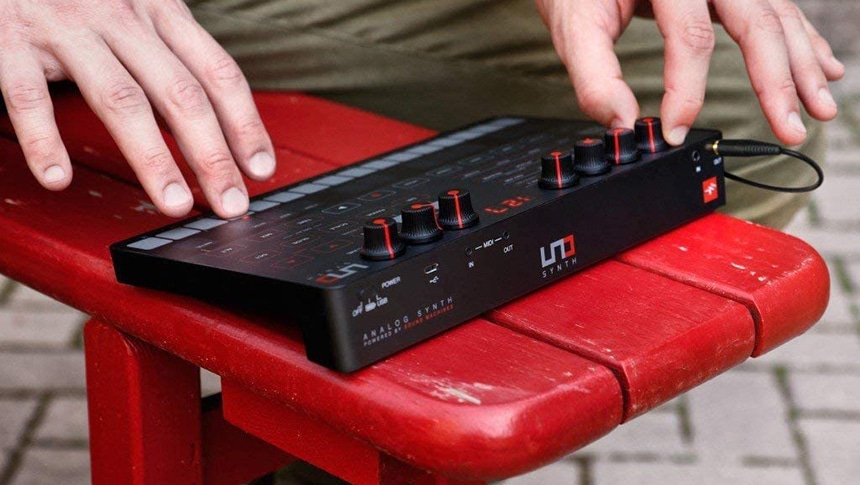
Monophony is playing one note at a time, while polyphony refers to how notes can be played simultaneously without any being cut out. Many people prefer polyphony as you can produce rich sounds, but others prefer monophonic as it presents a different style.
A great example of a polyphony synth is the Elektron Digitone, which has 8 voices available. There is also the option of the versatile Arturia MicroFreak, which can switch between the two. This ultimately comes down to personal preference.
Keys
One of the most critical features of the synth is the keyboard and its number of keys. The keyboard can determine the genre or the type of music you are making and how the music can be felt. At the same time, it will help you know how many notes you are required to play simultaneously.
Some others may prefer touchpads as they won’t have use for a keyboard. If you do have keys, their feel is also substantial.
Weighted keys resemble a feel of an acoustic instrument, adding dynamics and making notes more comfortable to press. This will also give you the same vibes as from an acoustic piano.
Interface
All synths will have different interfaces. You’ll often see a wide array of keys, knobs, and sliders. The number and position of these will change from one model to the next. If you’ve owned a synth before, you may feel comfortable getting one that matches that previous model.
You may also want a digital display like the one on the Behringer DeepMind 12. This can provide valuable information and allow you to work more seamlessly. It’s good to study the interface before buying a synth to ensure you’ll be comfortable with it.
Oscillators
To give the music a rich tone, then you’ll have to look for a good oscillator installed in the synth. Without oscillators, you cannot produce high-quality music. An oscillator can simply detect and use any audible notes to allow the music to have a richer flavor in it.
One great example is the Behringer Neutron, which has 2 oscillators. They have waveform control that will allow you to have excellent control over your music and make those rich sounds.
Filters
One of the things you should also look for in a synth is the number of customizations that you can make with your music. The filters played a vital role, as it can remove two different audio frequencies. The synth has two kinds of filters, which are the low and high pass filters.
The low pass filter can permit a different audio frequency to pass below the cut-off point. Meanwhile, the high pass filter does the exact opposite to what the low pass can do. A synth can also have a band-pass, which only permits a mid-range sound.
Envelope generator
Envelope generators can change the sound by adjusting the music’s amplitude, filters, and pitch. When you press the keys in a regular acoustic piano, it can create an initial sound that could decrease its volume to zero. What the envelope generators can do is to use different control tools that can be done with four parameters called the ADSR – attack, decay, sustain and release.
Let’s define the four stages of ADSR. The attack is the time for the initial run-up, while the decay is doing the opposite. Next, sustain is where the sound is sustained until the key is released, and the release is where the decay level up to the sustain level is kept to zero until the key is released. Some synths, such as the Moog Grandmother, have excellent ADSR ability.
Sequencer
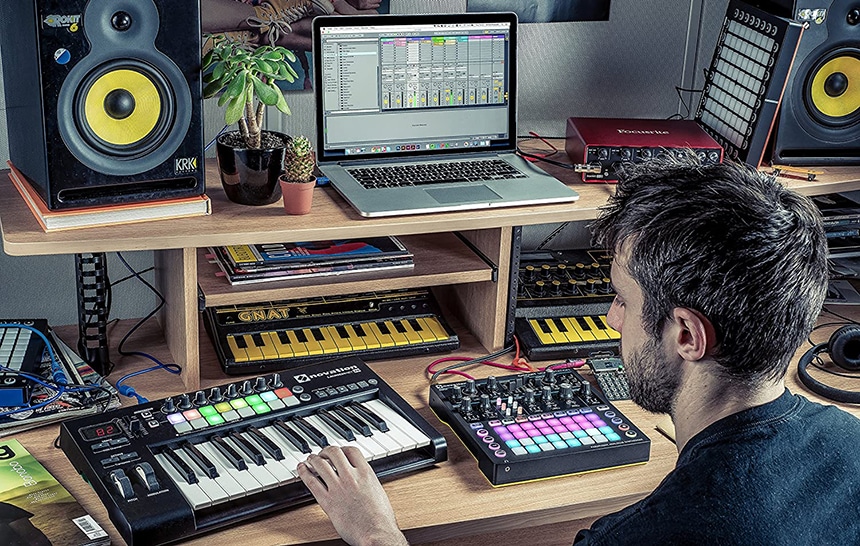
The sequencer is the synth’s ability to create a sequence of notes. This is the basis of most musicians in creating drum patterns out of the different notes they have created. Some synths, such as the Novation Circuit Tracks, include this feature, giving any music an excellent dynamism. Other synths don’t include one as they either don’t need one or allow you to connect to one externally, which some people prefer.
Effects
Effects play the same role with the filters, which they can modify and alter the sound frequency. It’s also changing the original notes, which gives the music a more mind-blowing sound. All of the Behringer DeepMind 12 effects have a ridiculous control because of the external control voltages. This will allow the MIDI to control the sound. Another great feature is adding pedals that could help in modulating a single parameter.
Connectivity
It’s important to know what you’re going to connect to your synth, whether that is a computer, external sequencer, or something else. It’s a good idea to think of what your set-up is going to be before you decide what synth to get. Many of them have similar inputs and outputs, but they aren’t all the same. Double-check this beforehand to avoid disappointment.
Portability
Do you want to use your synth at home, or do you plan to take it from one place to the next? If it’s the latter, then portability is going to be important. Key features to look out for here are the size and weight, as you won’t want to use something that is too bulky.
Build quality is also vital as a synth that goes on the road will be more susceptible to bumps and drops. Makes sure you get one that can stand up to such punishment. If it’s just going to sit in a studio, all of this will be less important.








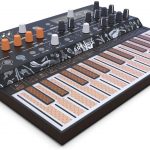


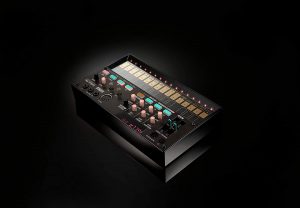

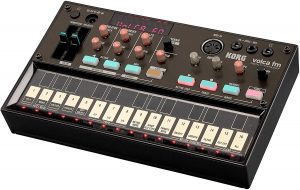
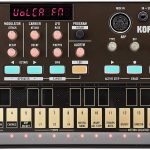
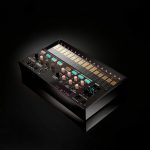

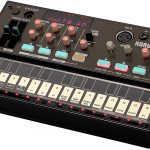
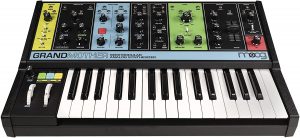


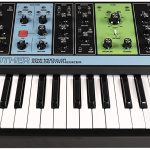
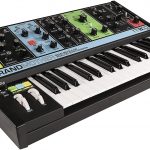
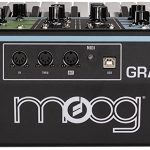
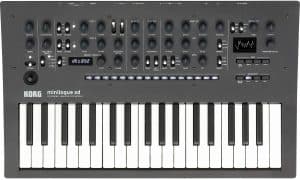
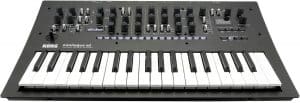

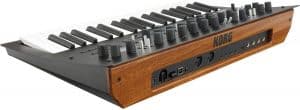


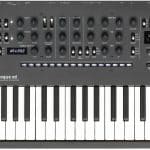

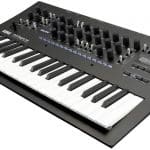
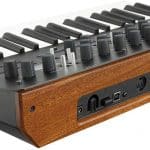

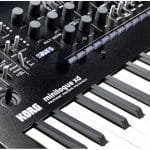
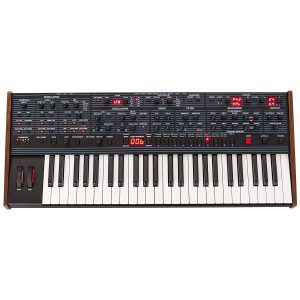
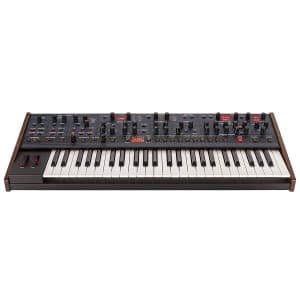

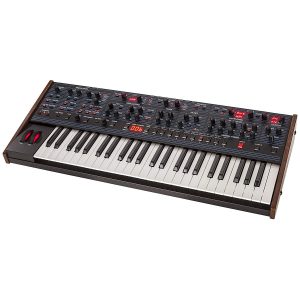
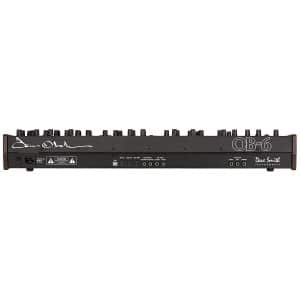
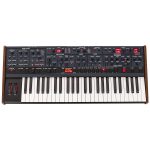

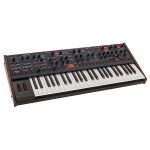

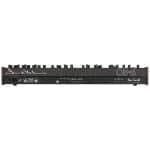


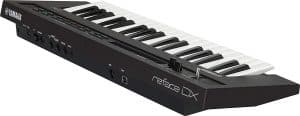
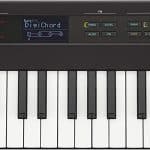
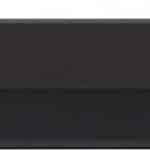
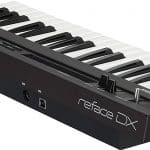

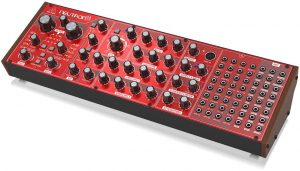
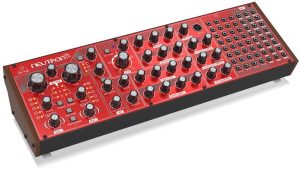


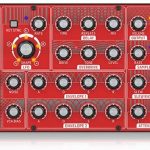
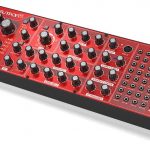

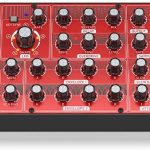

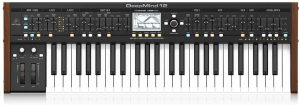



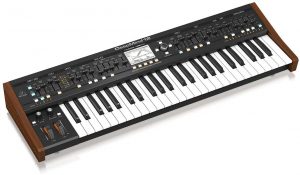
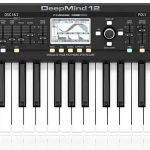
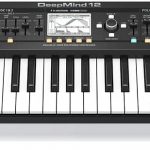

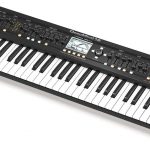
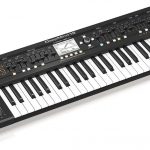
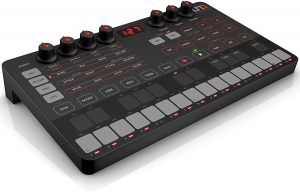

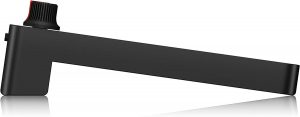
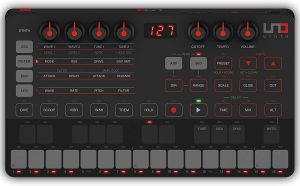
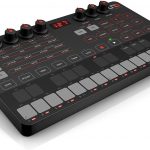


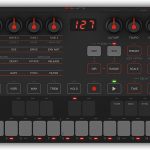

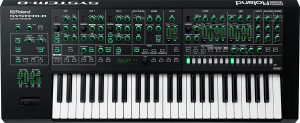


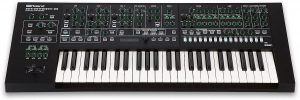
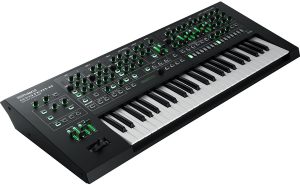
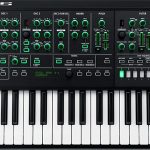
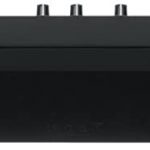

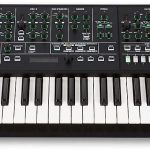


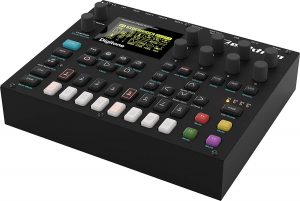

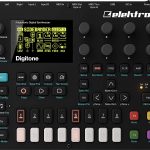

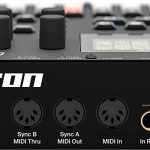
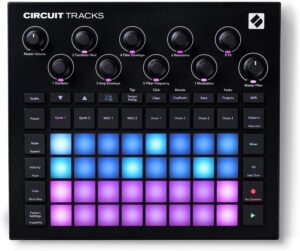











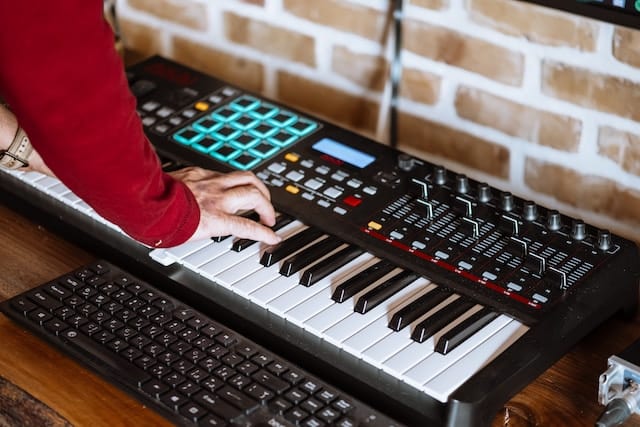


You are describing The Circuit not the Circuit Mono Station in this article. Also most of these synths are pretty old, there’s a whole slew of newer, fantastic options. A very poorly researched article IMO.
Thank you for your feedback on the article. We apologize for any confusion caused by the description of The Circuit instead of The Circuit Mono Station. We appreciate you bringing this to our attention, and we will make sure to rectify the error as soon as possible.
Regarding the selection of synths mentioned in the article, we understand that there are newer options available in the market. However, the purpose of the article was to highlight a few popular and well-regarded synthesizers, including some older models that continue to be widely used and appreciated by musicians.
We value your input and are always open to suggestions. If you have any specific recommendations for newer synths that you believe deserve recognition, please feel free to share them with us. We strive to provide accurate and up-to-date information to our readers, and your input helps us improve our content.
Thank you again for taking the time to comment, and we hope you continue to find value in our website.